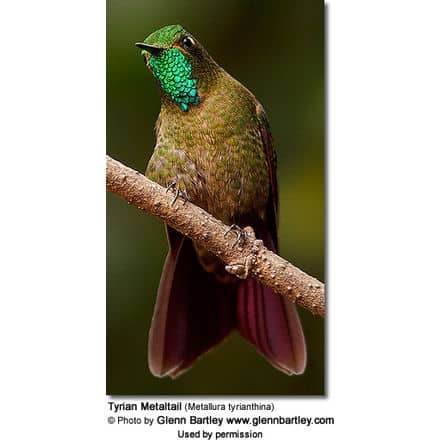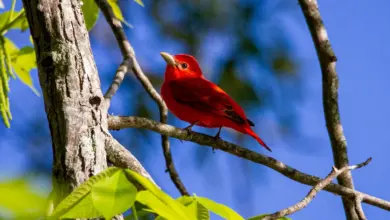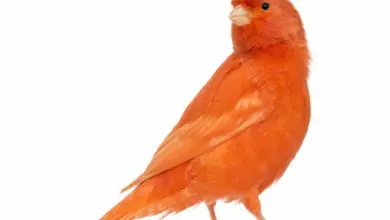Tropical Mockingbirds
Mockingbirds … Mimus
The Tropical Mockingbird, Mimus gilvus, is a resident breeding bird from southern Mexico south to northern Brazil, and in the Lesser Antilles and other Caribbean islands. The birds in Panama and Trinidad may have been introduced.
This mockingbird is common in most open habitats including human habitation.
Nesting / Breeding
It builds a twig nest and the normal clutch is three greyish-green eggs. Incubation, by the female alone, is 13-15 days, with slightly longer again to fledging.
This bird aggressively defends its nest against other birds and animals.
Description
Adults are about 25cm long and weigh 54g.
They are grey on the head and upperparts with yellow eyes, a white eyestripe and dark patch through the eye. The underparts are off-white and the wings are blackish with two white wing bars and white edges to the flight feathers. They have a long dark tail with white feather tips, a slim black bill with a slight downward curve, and long dark legs.
The sexes are alike, but immature birds are duller and browner. M. g. tobagensis, found only on Trinidad and Tobago, has darker grey upperparts and more extensive white on the wing-coverts and tail than the mainland forms.
Diet / Feeding
Tropical Mockingbird forage on the ground or in vegetation or fly down from a perch to capture invertebrates. They mainly eat insects and some berries. These fearless birds will also take food off unattended plates or tables.
While foraging they will frequently spread their wings in a peculiar two-step motion, flashing the white wing linings, and then fold them again.
Song / Vocalization
The Tropical Mockingbird bird has a varied and musical song, huskier than that of Northern Mockingbird, and may imitate the songs of neighbouring Tropical Mockingbirds, but rarely those of other birds. It will sometimes sing through the night.
Copyright: Wikipedia. This article is licensed under the GNU Free Documentation License. It uses material from Wikipedia.org … Additional information and photos added by Avianweb.
Please Note: The articles or images on this page are the sole property of the authors or photographers. Please contact them directly with respect to any copyright or licensing questions. Thank you.




